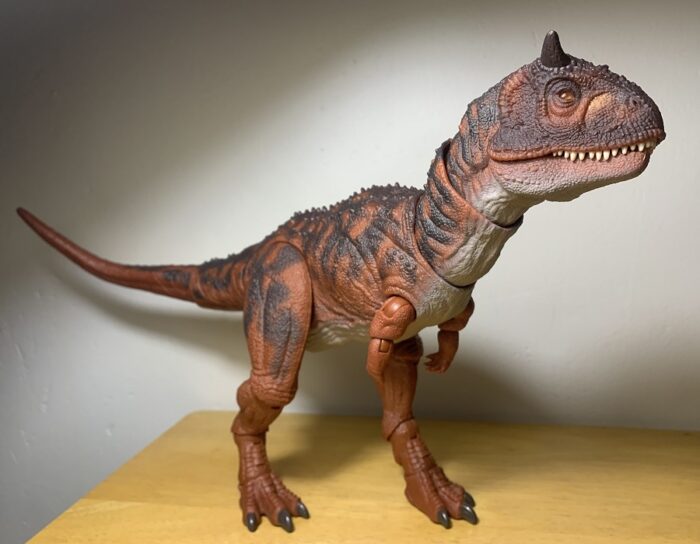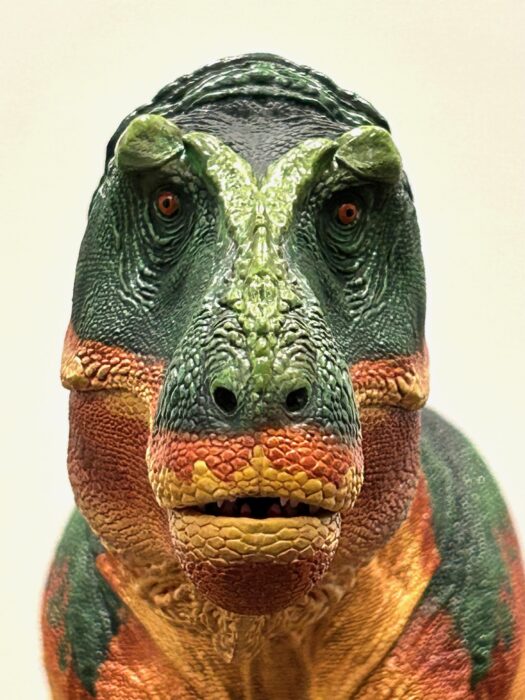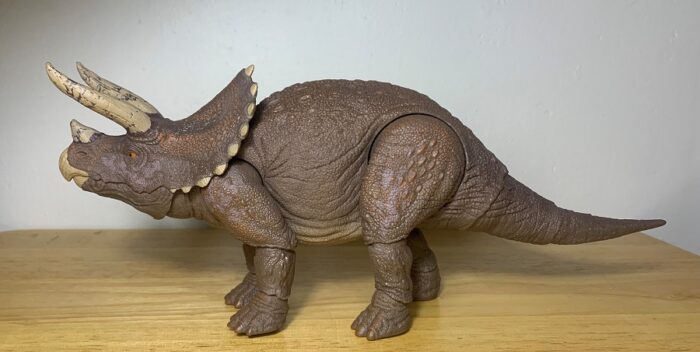Mattel loves Carnotaurus. Our friends at DinoToyCollector.com have catalogued 22 Carnotaurus figures for Mattel’s Jurassic World line, but that number includes the minis, Snap Squad, and similar toys too, and their various repaints and repackages. Either way, the company has still produced an impressive array of Carnotaurus toys.
Review: Nothosaurus (Jurassic World Dino-Trackers, Danger Pack by Mattel)
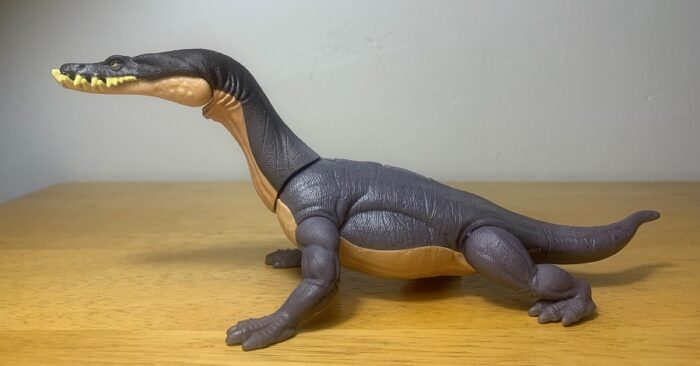
Nothosaurus is a genus of Triassic marine reptile that belongs to the Sauropterygia clade, along with other weirdos like placodonts and plesiosaurs. Aside from the plesiosaurs all members of the clade would go extinct by the end of the Triassic. Looking at Nothosaurus it is easy to see the relationship between it and plesiosaurs but nothosaurs were a distinct group with their own unique features and did not give rise to plesiosaurs.
Review: Track and Explore Vehicle Set (Jurassic Park, ’93 Classic by Mattel)
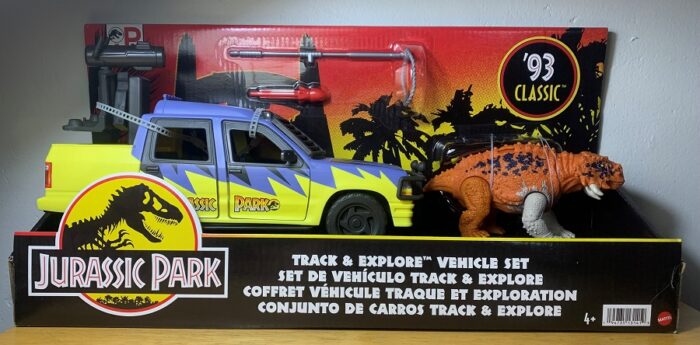
Coming up with something to review for Jurassic Park’s much hyped 30th anniversary was no easy task, simply because we’ve been reviewing Jurassic Park toys on this blog steadily for the last five years, thanks to Mattel. What could we possibly feature on the blog that would live up to the grandeur of toys like the Legacy Brachiosaurus and Hammond Collection T.
Review: Concavenator (Jurassic World: Fallen Kingdom, Hammond Collection by Mattel)
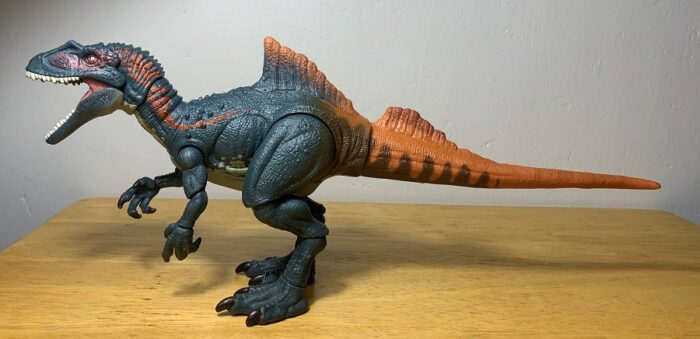
With the announcement of the Hammond Collection Concavenator late last year it became apparent that Mattel had no intention of limiting their premium collector’s line to creatures with significant screen time in the Jurassic franchise. This revelation left many collectors feeling frustrated, hoping that the Hammond Collection line would at least tackle more important prehistoric animals first.
Review: Tyrannosaurus rex (1/18 Scale Kickstarter Exclusive)(Beasts of the Mesozoic by Creative Beast Studio)
Review: Triceratops (Jurassic Park, Hammond Collection by Mattel)
Review: Skorpiovenator (Jurassic World: Dominion, Roar Strikers by Mattel)
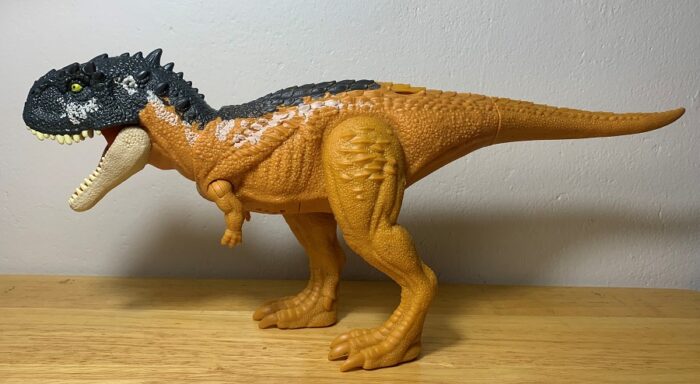
Skorpiovenator is a genus of late Cretaceous abelisaurid known from the Huincul Formation in Argentina. It was described in 2008 and the genus name means “scorpion hunter” due to the abundance of scorpions dwelling around its dig site. The species name, bustingorryi, was given in honor of Manuel Bustingorry, whose farm the dig site was located on.

